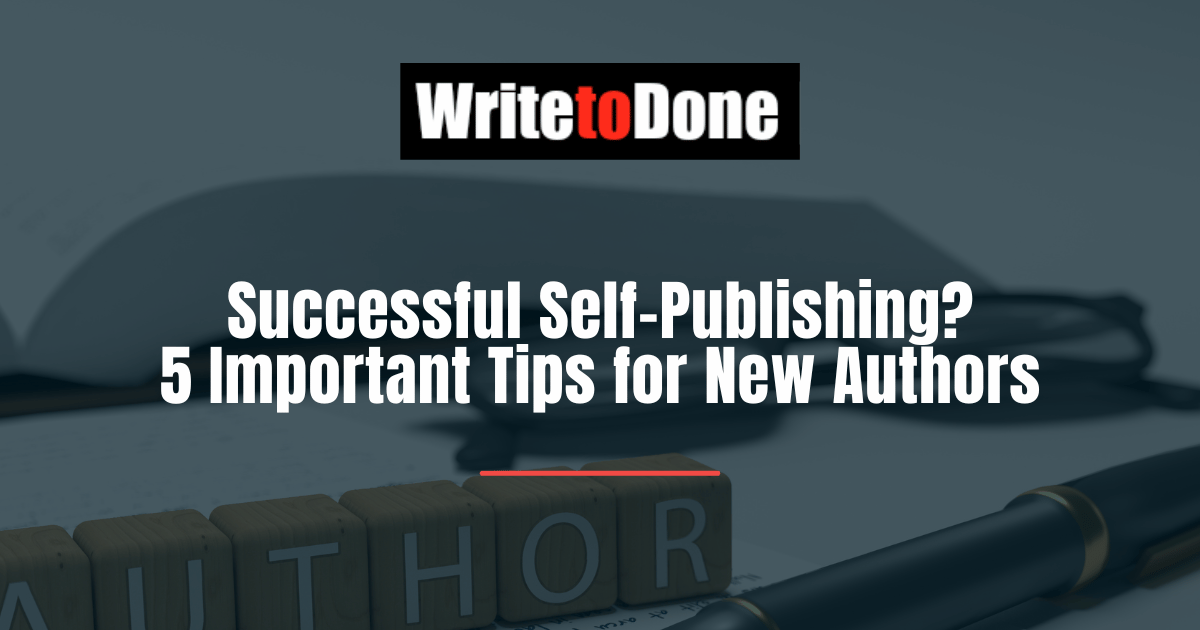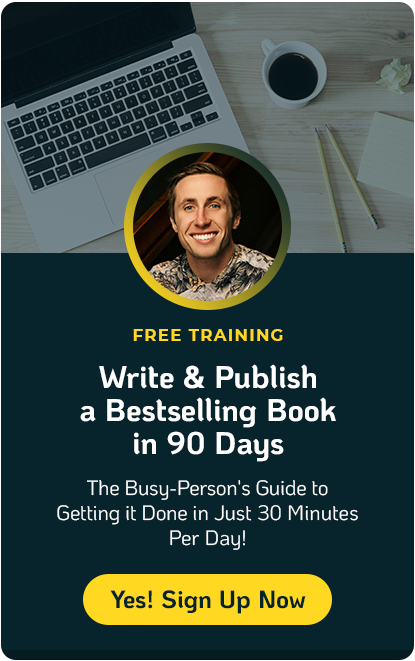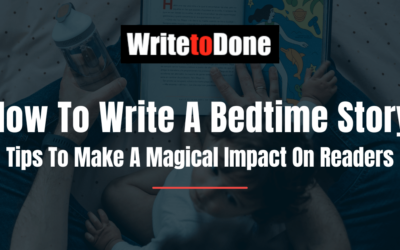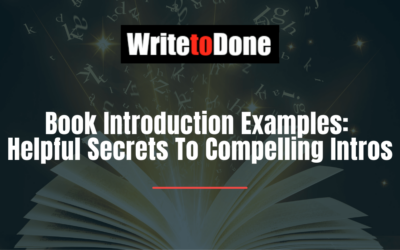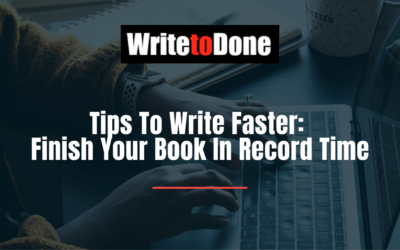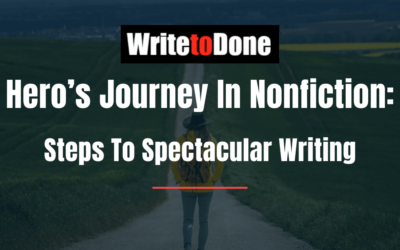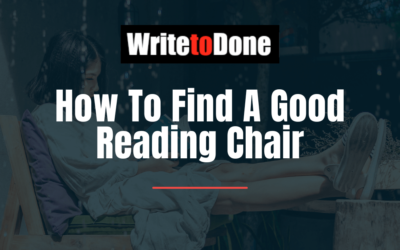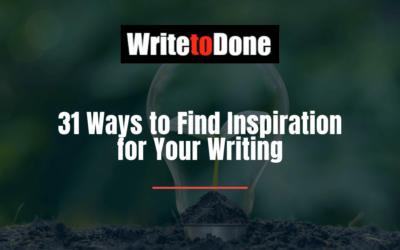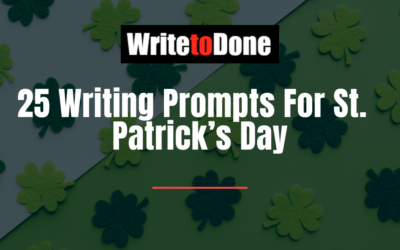So you’re writing a book – congratulations!
Statistics show that 80% of people in the US say they want to write a book, yet only a tiny fraction of them write one. So you are one of the champions in getting your book finished.
Now what?
You’re probably wondering about the best way to publish it, and hopefully researching the options.
If you want to know about successful self-publishing, read on to find answers to your questions.
As the author of 40 books, 27 with three major publishers and many more self-published, I’ve had both good and bad experiences with publishers, and I’ve made every mistake in the book (pun intended) with self-publishing.
The good news is there has never been a better time to be an author. You can publish your book on Amazon within 24 hours, while in the past it took years to get published.
But the publishing world can be confusing, with many myths and half-truths swirling around. My goal in this article is to answer some of your burning questions so that you can make the right choices for your book.
1. Access: how easy is it to publish?
Until recently, the main way to get your book out was to get a publisher. Publishing houses take care of the whole process, from editing to cover design, to book distribution.
The disadvantages are that it’s always been difficult to get a publishing deal, and nowadays it is harder than ever. For one thing, many of the publishing houses have merged, which means fewer opportunities for authors.
But the biggest hurdle is getting an agent. You need an agent to get a publishing deal with a large publisher, and to get an agent; you need the same thing the publishers are looking for: a big audience.
This could mean that you are a highly paid speaker, or have a huge following on social media. Without being able to guarantee that you can sell thousands of books to your eager fans or clients, agents and publishers are not interested.
If you’re an unknown fiction author, the prospects are even more dismal. If you send an “un-agented” book to a publishing house, it will end up in the “slush pile.” Yes, J.K. Rowling was discovered this way, but most authors end up with a stack of rejection letters.
The bottom line is that publishing is a business. The books that sell best are not necessarily the most brilliant or well-written, but most publishers care about moving books, not about expanding the scope of literature.
For most authors these days, self-publishing is a better option.
2. Speed: how quickly can you publish?
If you want to get a book published quickly, self-publishing is the way to go. With a publishing house, it can take one to two years to get your book published, from the time you sign the contract.
And trying to get a publishing contract can take years as well, so with the traditional route, you won’t see your book on the shelves any time soon.
Self-publishing has a number of steps, including editing, cover design, and interior design. Each one takes some time and expertise, so the first time you self-publish, it may take longer to find a good editor and book designer.
But once you find your trusted partners, you can get your book out into the world in a fraction of the time a traditional publisher takes.
3. Quality: How well can you publish?
Here’s the rub. Many new authors are unaware of all the steps it takes to write a high-quality book. They think the first draft is the finished book, go for the cheap $5 covers, and don’t have an inkling about interior book design.
Some authors get away with amateurish writing and publishing, but if you are writing non-fiction in the area of your profession, or hope to establish yourself in fiction, shoddy editing and book design can harm your reputation – or keep you from ever building one.
At the very minimum, book publishers provide editing and book design. In my experience with three major publishers, I was fortunate to work with some excellent editors.
Book covers, however, were frequently a bone of contention. I often didn’t like the covers the publisher provided. Usually, we found some middle ground, but one of the problems of working with a publishing house is that you lose control of many elements, including cover design, and sometimes content as well.
When you self-publish, you have carte blanche to do whatever you want. But that’s also a two-edged sword.
My strongest caution is not to create your book cover or design your book interior using a template unless you are a professional graphic designer. The biggest stigma of a self-published book is a home-made cover design and interior. These are eyesores that instantly transmit the message that you’re an amateur.
No matter how well written your book, people do judge a book by its cover.
Neglect editing at your peril
The other area many self-publishers neglect, to their peril, is editing. Every author needs an editor, even the best-selling authors. You will get scathing reviews on Amazon if your book is badly edited and riddled with typos.
If you’re writing non-fiction to boost your business, a poorly edited book will damage your reputation rather than boost it. And if you write fiction, lack of editing will virtually guarantee that no one ever buys your next book.
4. Stigma: What is the perception of your book?
In the past, there was a stigma against self-publishing because of the lack of professionalism. You could spot a self-published cover a mile away, and the bookstore wouldn’t carry those books.
Fortunately, with the new opportunities for self-publishing, many professional designers now offer services to “indie-publishers.” You need a professional cover designer, but check them out carefully. Like anything else in life, you get what you pay for, and a cover designer who is very inexpensive may be inexperienced, or not give your book cover much care.
Sub-par editing also led to the stigma of self-publishing, so make sure you get a professional editor to help you with structure and content, language, grammar and proofreading.
This is too big a subject to go into here, but editing goes far beyond checking for grammatical errors and typos. The success of a book lies in its structure and language. The typos are just the most apparent way to signal an unedited book.
Is there still prestige in getting published with a large publishing house? To some extent, but it’s mainly for the author’s pride.
How many people do you know who say, “I loved that book because it was published by Simon & Shuster”? Most people don’t notice or care who published the book. Their only concern is if the book has valuable information, and is professionally designed, so it’s easy to read.
5. Cost & Earnings: How much will you invest and earn?
So what can you expect to pay and earn from both options: getting published with a publishing house, or self-publishing?
When you sign up with a publisher, you usually get an advance. This can range from a few thousand to hundreds of thousands of dollars for a well-established best-selling author. Most new authors get $3000 to $10,000. This may sound great at first, but remember that the books you sell go towards paying this off, so you don’t get any more money in your pocket until then.
You also get a royalty, which is usually in the range of 7%. No one gets much more than that – even the worlds’ best-selling authors. They make their money through a big advance, and by selling millions of copies of their books.
So if your book sells for $15, you make $1.05 per book. You have to sell truckloads of books to make money from selling books. The only authors who make good money with traditional publishing are those who find an audience and write many books over time in the same genre.
The investment in self-publishing is a huge subject which I can only deal with superficially. You can find out more here: Beyond zero: the real cost of self-publishing
How to make money from your book
Professionals who write a book usually make their money from the back end, which means they sell consulting or coaching services, get lucrative speaking engagements from their book or give courses where they can charge hundreds or thousands of dollars.
The health and wellness professionals I work with know that their book is the crown jewel in their marketing arsenal, which leads to multiple streams of income.
Fiction authors need to build a tribe of eager readers and keep writing more books that their audience will devour.
This brings us to our next point and the biggest myth in publishing: marketing and selling.
The true cost of successful self-publishing
Self-publishing a book that is not dismissed as “amateur” does involve some cost. You have to pay for editing and book design.
I also strongly recommend you invest in some guidance, whether it’s taking a course, or getting a book coach.
Writing and publishing a book involves many steps, and if you miss any, you’ll decrease your chances for success.
6. Marketing: Who will market your book?
When I was a naïve new author, I thought the publisher would provide all the publicity, send me on book-signing tours, and take care of all the marketing.
That happened, but only AFTER I took the marketing into my hands. I took some marketing courses on my own and launched my campaigns. Once the publishers realized that I was gaining traction, they supported me in sending me around the country giving talks about my books. And that’s how I sold tons of books – but not before.
Most new authors think this happens automatically when you get published. Not true.
Whether you get a publisher, or you self-publish, YOU are in charge of marketing. Sure, you can upload your book to Amazon and get all your friends and family to buy copies. For a month, Amazon will feature your book because it’s new. But after the initial blaze of sales, you need a solid plan to keep driving traffic to your book, or it will die a quiet death in cyberspace.
Sadly, this is the case with most books today – whether you self-publish or get a publisher.
So what’s the secret of successful self-publishing?
When you self-publish, you have to think like an entrepreneur, because you are launching your book and your publishing business.
You will experience all the joys and fears, along with the effort and rewards of undertaking any business venture.
So how can you make your self-publishing journey more rewarding, and less prone to the risks that come with any new venture?
- Learn everything you can before you self-publish. You need to research what a publisher does, from editing to book design. Then follow the steps to producing a book that will stand proudly next to other professionally published books in your field.
- Assemble the right team. You need editing, proofreading, and book design. You can’t do it yourself. Publishers have whole teams of specialists for each of these stages. You need to find independent professionals to help you if you want to compete on the world stage.
- Beware of quick fixes. If you Google “self-publishing” you will find companies listed as “self-publishing companies” or POD (print on demand) publishers. They promise to do everything for you, including making your book available in bookstores nationwide and marketing your book.
The truth is that they make their money by selling you publishing services, not from book sales. The books are not professionally edited or designed, but they don’t care if you sell any.
The scary self-publishing journey
As a self-publishing entrepreneur, or “indie-author,” you are stepping out into new territory, and that can be frightening.
Anything unfamiliar brings challenges that can make you feel insecure. But fear and doubt are a normal part of any new venture. Every author faces worries of not being able to finish their book or that no one will read it.
Don’t let apprehension sabotage your book. Hold on to your dream –it is possible to achieve it. Other people have learned to publish their books, and you can too.

